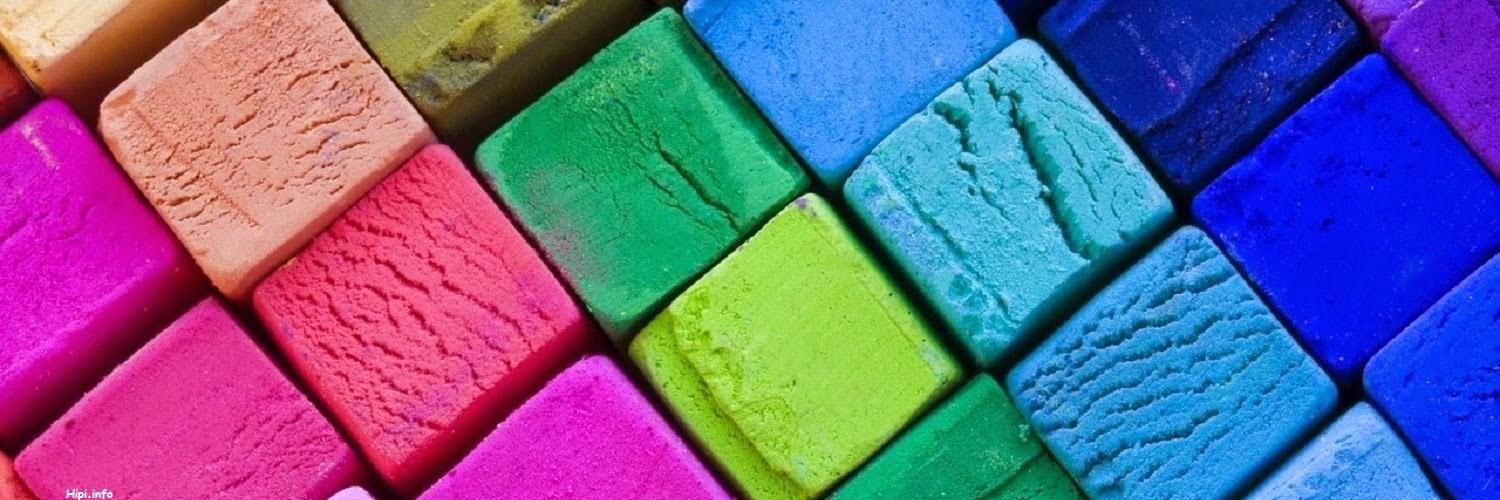350BC – 1500 A.D.
The great philosopher, Aristotle, in the fourth century BC, considered blue and yellow to be the true primary colours, relating as they do to life’s polarities: sun and moon, male and female, stimulus and sedation, expansion and contraction, out and in, yang and yin. Furthermore, he associated colours with the four elements: fire, water, earth and air. He observed the way light changes throughout the day, and from this study, developed a linear colour system that ranged from the white light of midday through to the black of midnight.
1560 – 1900AD
In 1672, the great scientist, Sir Isaac Newton, published his first, controversial paper on colour, and forty years later, his work ‘Opticks’. When Newton shone white light through a triangular prism, he found that wavelengths of light refracted at different angles, enabling him to see the separate components of the colours of the spectrum, the rainbow. (He was able to shine them back through a prism and achieve white light again, but unable to see any further breakdown if he shone a single colour through a prism.)

By taking the violet end of the spectrum and linking it to the start point (red), Newton created the first colour wheel.


Phillip Otto Runge
It is worth noting at this point that the phrase”primary colours” means different colours in different contexts. When mixing pigments, the primaries used are red blue and yellow, mixing blue and yellow will produce green. However the primary colours when using light in PC monitors or television for example – are red blue and green; yellow is a secondary light colour. Printing primaries are cyan, magenta, yellow and black and psychological primaries are red, blue, yellow and green.
Hermann von Helmholtz was the absolute master of the natural sciences of his day. In 1860 he published the now famousManual of Psychologocal Optics.
Both Helmholtz and Maxwell concentrated on selecting the most suitable diagram to explain the observed facts with regard to colour mixtures. Because the trichromatic theory was both available and accepted, their attention was turned towards the geometry of the triangle, without any consideration of the phenomenological aspects. However, after noticing that the spectral colours must have varying distances to white (which must, in turn, lie at the centre of the triangle), Helmholtz put forward a modified version of Maxwells construction.



